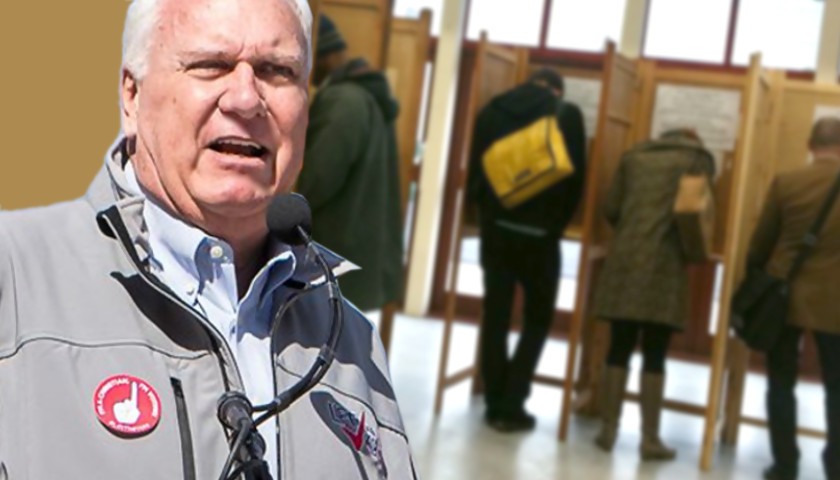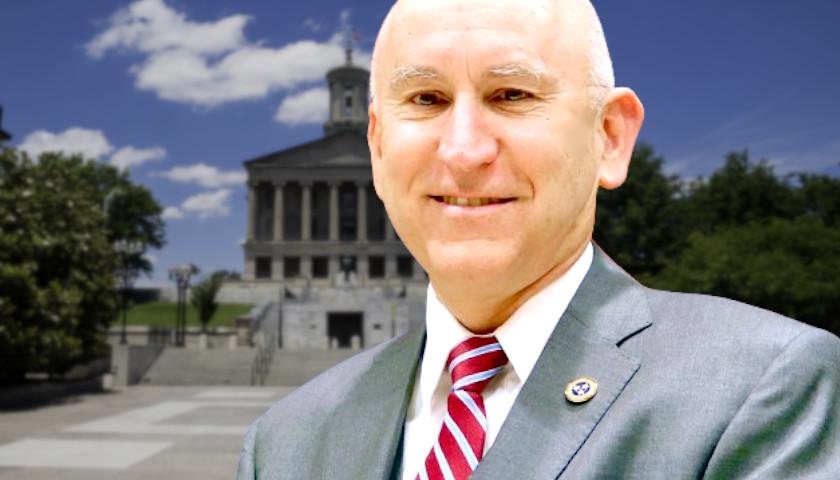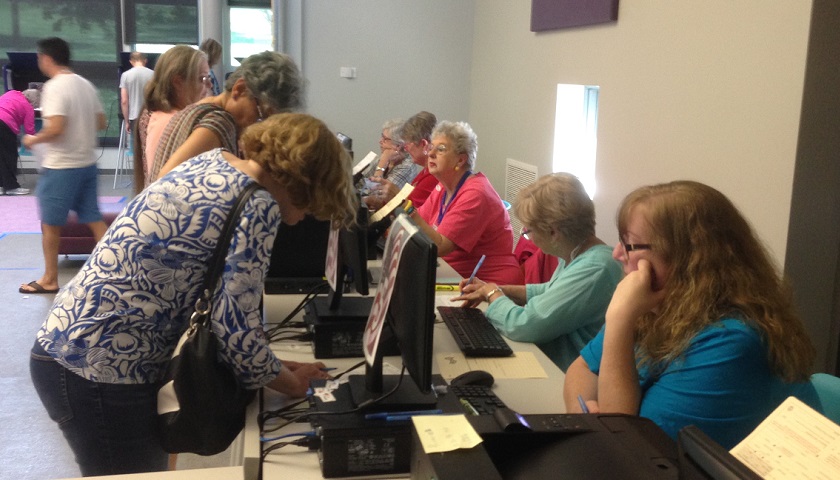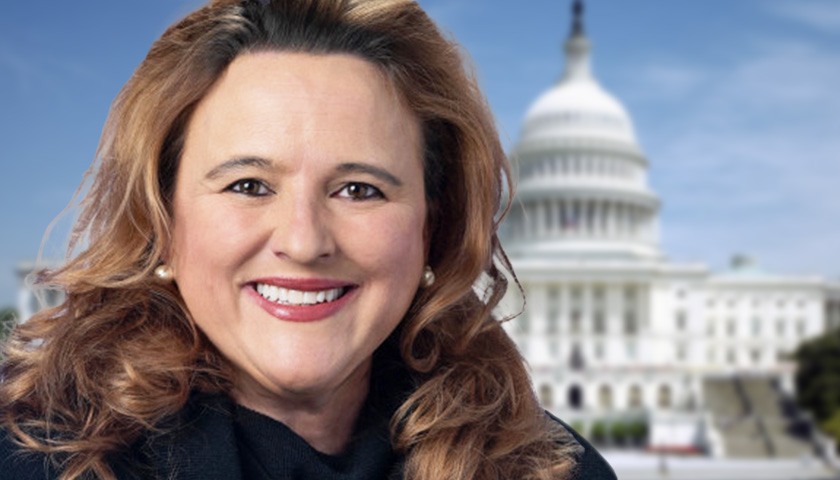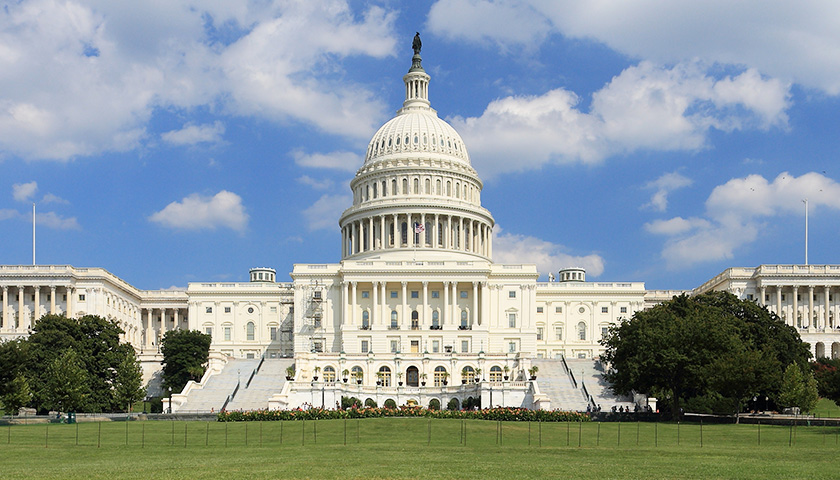by Steve Gill
A friend of mine recently asked me about a report that claimed that Tennessee had ranked at the very bottom among states in voter participation in the 2014 off-year general election.
I was admittedly skeptical, so I reviewed the report, which is attached HERE.
More detailed Tennessee specific data from Pew Research is HERE.
In 2014 Tennessee saw just 29 percent of citizens eligible to vote turn out and actually vote. That ranked Tennessee 50th out of all 50 states plus the District of Columbia. (We nudged out Texas to avoid the bottom spot.) Interestingly, 2014 was a low turnout election nationally, as none of the largest most populous states had competitive elections that year. Nationally, only 36.6 percent of eligible voters cast a ballot, the lowest percentage in a midterm since World War II. Only 83.2 million voters turned out, down from 90.9 million in 2010. Not surprisingly, competition is the most important key to voter participation.
Thus, while the data about Tennessee’s low voter participation in 2014 may be “accurate,”it doesn’t reflect anything nefarious or diabolical regarding voter suppression or even structural barriers to voter participation that need action. A closer examination of the Tennessee numbers does indicate that that the ideological tilt of the state’s voters to the right, while the state Democratic Party has marginalized itself with a turn further Left, has produced uncompetitive races where voters see little need to participate when results are not really in question.
For example, Republicans in Tennessee have supermajorities in the state house and Senate with a 74-25 majority in the House and 28 out of 33 seats in the Senate. Democrats are limited geographical to the state’s largest cities where they rely up-on a heavy voter concentration of black voters and/or liberal voters to win elections.
As the Democrats have promoted issues that cater only to their increasingly small base, they have abandoned any effective attempt to connect to the majority of Tennessee voters. They have left themselves with no foundation outside their urban base from which to rebuild. In rural counties their legislative seats provided them with majorities in the State House and Senate just a few decades ago. Today they have no Democrat State Senators and only two remaining House members in those same rural areas. The lack of competitive races at the state legislative level has also been reflected at the statewide and congressional level as well.
Tennessee’s low voter participation of about 29% in 2014 was indeed among the lowest among the state’s. However, that was primarily a function of the two statewide races, Governor and Senator, being essentially uncontested. Incumbent Republican Senator Lamar Alexander beat Democrat challenger Gordon Ball 62 percent to 32 percent. Lamar carried 94 out of Tennessee’s 95 counties, only narrowly losing Davidson, and received about 849,000 total votes. The Governors race was even less competitive as the Democrats put up a complete unknown and under funded Charlie Brown against incumbent Governor Bill Haslam. Haslam won 70.3 percent to 22.8 percent, and carried every single county, gathering about 950,000 votes.
Congressional races in 2014 reflected a similar pattern of lack of competition. Re-publicans won big in the seven seats they held; Democrats won big in the two where their incumbents sought reelection. In the 1st district Republican Phil Roe was re-elected by 83-7 margin. In the 2nd District Jimmy Duncan (R-Knoxville) was re-elected by a 72.5 percent to 22.6 percent margin. Republicans in the 3rd went Chuck Fleischmann back to Washington with a 62.4 percent to 34.6 percent margin. Other Republican congressional winners in Tennessee were embattled Rep. Scott Desjarlais (4th District) by a 58 percent to 35 percent margin; Diane Black (6th District) 71 percent to 23 percent; Marsha Blackburn (7th District) 70 percent to 26 percent; and Stephen Fincher in the 8th District won 71 percent to 25 percent.
Tennessee’s two Democrats in Congress racked up similar margins. Jim Cooper (5th District) won 62 percent to 36 percent, while Stephen Cohen (9th District) prevailed by a 75 percent to 23 percent margin.
Bottom line? In a deeply red state where Democrats are essentially irrelevant in statewide races and legislative districts are largely one-sided in the state and federal races, it is primaries where races are usually decided. So voter registration, purging voters who don’t vote, etc. are not as big a factor in turnout as lack of competition from a Democratic Party that has moved far left of the state’s voters.
In fact, in 2018, Tennessee will see strongly contested GOP Primary battles for the U.S. Senate, Governor, three or four U.S. House seats, and over 30 state house and senate seats. Some political analysts expect a primary turnout that could approach one million votes. That would be about MORE than voted in the 2016 GOP presidential primary, and MORE than voted in the 2014 GENERAL election for either Alexander or Haslam.
Tennesseans will vote when they believe their votes will make a difference, and in Tennessee it is the primaries where they can make a difference – and do.

